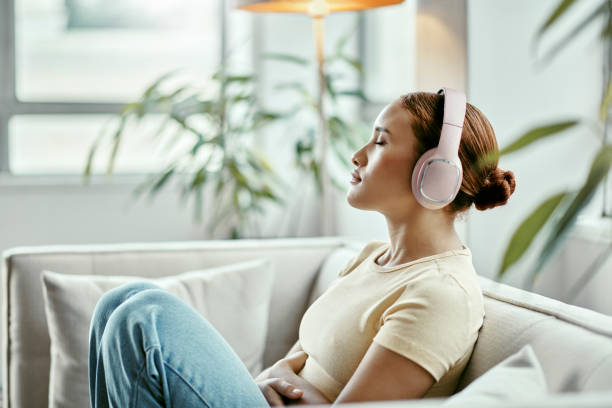Music can impact your learning, cognition, quality of life, happiness, and well-being. A recent survey about music and brain health by AARP found some interesting results regarding the effects of music on cognitive, emotional, and physical well-being.
Music listeners scored higher on mental well-being than people and had slightly lower anxiety and depressive symptoms.
Respondents who regularly attend musical performances rated their brain health at 69% or higher, compared to 58% who attended in the past and 52% who had never heard.
68% of people exposed to music as children rated their ability to learn new things as excellent or very good, compared to 50% who weren’t.
Higher happiness and cognitive function levels were associated with active musical engagement, even if they were over 50.
Adults who have not been exposed to music in their youth but are currently able to appreciate music show higher mental well-being than those who were.
Let’s take an in-depth look at this study
These are some impressive results, it is true. This online survey, which took 20 minutes to complete, has limitations. It only included 3,185 adults 18 years and older in the United States; this is small compared to the 328 million Americans. It is a survey of opinions. For example, people may describe their brain health as “excellent,” but there was no objective measure of brain health like an MRI scan or a test to measure cognition.
The findings may be factual, but they are just correlations. These findings do not prove that childhood music exposure led to an improved ability to learn new skills. Children raised in wealthy households had more exposure to music and received a better education, which led to them being able to learn new things later in their lives.
Let’s assume the results of the AARP survey were true. What is the secret to music’s incredible brain effects? While we don’t have all the answers, cognitive neuroscience has allowed us to speculate about possible mechanisms.
Music activates almost all brain functions
Music has been demonstrated to activate some of the most complex and diverse brain networks. Music activates your auditory cortex near your ears. But that’s only the beginning. The brain’s parts involved in emotion are activated when there is emotional music. Music starts many memory regions. Music activates the motor system. It has been suggested that the brain’s motor system activates the music to allow us to hear the beat before we tap our feet.
It’s your choice: Use it or go without
Music activates almost all of the brain. Why is this so important? Have you ever heard the saying, “If it isn’t used, it will be lost”? This is true for the brain. Brain pathways, whole networks, and entire networks are more robust when used. Because the brain is efficient, it only cares if a path has been used for a few years. The brain will use those neurons for another purpose. These changes should be evident to you. It is why it is more challenging to learn a foreign language if it has yet to be used in 20 years. Many older pathways have become obsolete and are now used for different purposes.
Music strengthens your brain networks
How can music improve well-being, learning, cognitive function, quality of life, happiness, and overall well-being? Music can activate nearly all brain regions and networks, so it can help keep brain pathways and networks strong. This includes those that affect well-being, learning and cognitive function, quality, and happiness, as well as the networks involved in the quality of life and happiness. You can only activate multiple brain networks simultaneously when participating in social activities.
Dance all night
How can you integrate music into your daily life? It’s simple. The AARP survey showed that people who listen to music regularly have the most significant brain benefits. However, background music listeners also showed brain benefits. So you can turn on the music right now. If you feel blue, music can lift your mood. Upbeat music can boost your energy. You can get the most health benefits from music combined with aerobic and social activities. Take part in Zumba classes. Do jazz aerobics. You can dance to the beats of rock and roll. Or, better yet, go dancing. These activities can be done virtually in the event of a pandemic.

